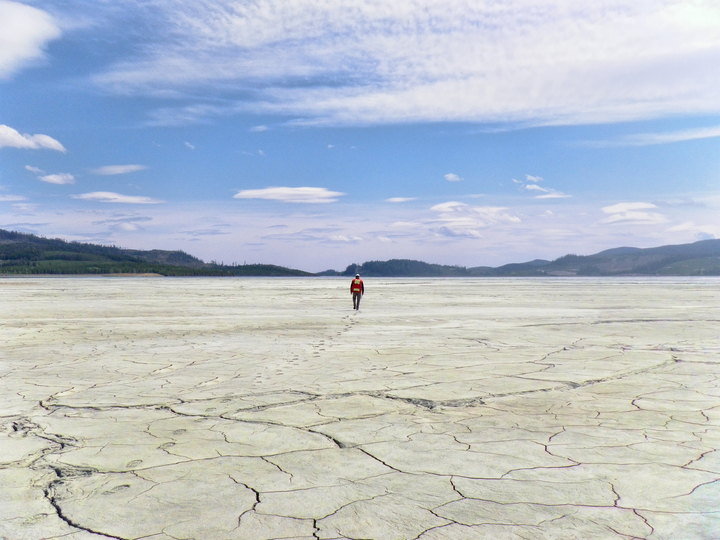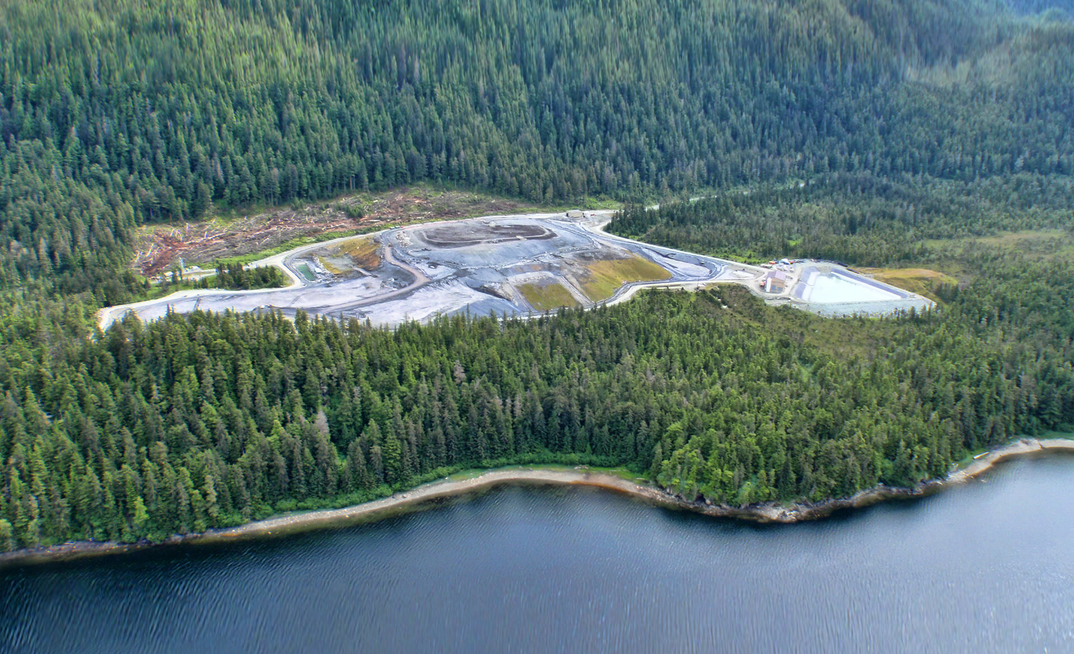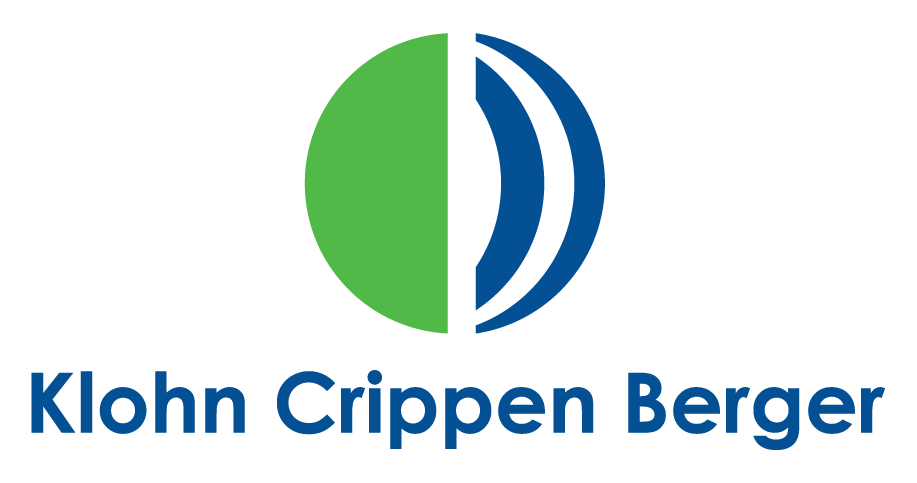Engineering, geoscience, and environmental consulting firm, Klohn Crippen Berger (KCB) has collaborated with mining companies over several decades to design safe and sustainable mine waste and water management facilities.
Its services include scoping and feasibility studies, facility design, construction, monitoring, operations and closure planning, with a focus on assessing and mitigating project risks at every step.
The company is an important contributor to improving tailings management practices and enhancing sustainability across the industry to help create a quantifiable risk-informed culture of responsible mining.
Innovating in the tailings space
Senior geotechnical engineer, Andrew Witte pointed to KCB's practice of designing centerline cyclone sand dams stretching back to the mid-1960s as a special source of company pride, since this development significantly contributed to the safety of modern tailings storage facility (TSF) designs. The technology, which today is a preferred dam construction practice at numerous mine sites across the world, uses cyclones to separate out the sand portion of the tailings for use as a construction material for building the downstream shells of the dam. The dams are raised vertically above their starter dams, creating robust downstream sand shells to promote drainage and dam safety.
Such facilities are also inherently more sustainable, since a (very significant) by-product of the mining process is being purposed as the primary dam construction material. This means less disturbance area and fewer fleet movements to move virgin construction material to the TSF location, and hence fewer greenhouse gas emissions. Furthermore, the cycloning configurations for many such TSFs are designed to utilise gravity flow, translating to low power requirements to generate the construction materials.
Witte highlighted Teck Resources' Highland Valley Copper Mine in Canada's British Columbia (BC) province as a showcase for cyclone sand construction and dam safety stewardship. KCB has supported the central BC mine site for over half a century, and over that time has been intimately involved with multiple such facilities there.
Tailings stepping out of the shadows
Witte noted that tailings management has only recently stepped out of the shadows to be no longer the exclusive preserve of a few specialised role holders, in part, courtesy of the Global Industry Standard on Tailings Management (GISTM), launched in 2019, which KCB contributed to as one of several specialist companies. And while the critical significance of responsible tailings management had been recognised before this across certain Tier 1 jurisdictions, truly global recognition has been GISTM-driven. Further aided by a culture of integrated mine closure planning that is becoming increasingly embedded across the industry, tailings engineers now have a seat at the table with the mine planners at the project conceptualisation stage. They are listened to for their contributions to the conversation about what successful mine waste management could and should look like.
The advantage of generating this dialogue at such an early stage is that it enhances the scope to positively affect the long-term closure outcomes by having a full complement of potential solutions to consider and narrow down. As Witte explained, "getting in early allows for holistic thinking that is not solely focused on the geology or the geotechnical considerations, but contemplates all factors, such as the geochemical and hydrogeological conditions…to make for the best long-term solution."
Witte also pointed to the introduction of meaningful stakeholder engagement and the realities of climate change as new dynamics now weighing on the rationales of not only the mining companies themselves, but also investors and those who would grant social licenses to operate. Thus, a complex web of dynamics must now be considered that demand robust options assessments and a risk-informed approach to decision-making to ensure sustainable TSF solutions.
Risk factors – whether related to loss of life, damage to the environment, money and material losses or a company's reputation will be site-specific, and determined by the prevailing local climate, topography, hydrology, as well as the physical and chemical properties of the tailings themselves.
A truly resilient TSF design will be marked by the implementation of design and operational controls to manage identified failure scenarios, including confidence ratings on risk assessment inputs.
Meantime, performance-based design – while often not appropriate as the sole design criterion – seeks to predict performance and identify thresholds for potential problems. Performance outside the expected ranges can then be swiftly addressed via trigger-action-response-plans (TARPs), which apply an observational approach and use surveillance to manage change with predetermined courses of action.
Redressing the balance
Traditionally, the ore body was seen as the asset, and tailings as a liability. But for Andrew Witte, TSF engineering is no less than mountain building and terraforming. It is his view that all parties would do well to re-envision tailings as part of the mine asset and worthy of greater attention than has hitherto been the case. And since this unavoidable part of the mining process is synonymous with extreme long-term running costs, it makes sense for tailings management to be the beneficiary of redirected resources befitting its newly acknowledged status.
While there is an undoubted appetite for change, Witte does recognise "capacity and competency as huge challenges for the industry."
More standards to comply with means more roles to fill. In the case of engineers of record, one is needed for every TSF, and each must have a support team in tow. Currently, however, there is a huge supply-demand disconnect, with insufficient people adequately trained to allow for this.
And the issue extends beyond operations to governance, where the availability of accountable executives with a comprehensive understanding of tailings is nowhere near enough to meet the threshold of knowledge required. The issue is especially acute in developing jurisdictions.
Notwithstanding the need for additional capacity and competency building, the KCB senior geotechnical engineer welcomes the arrival of the GISTM as a major step forward, and views it as a good tool to raise the bar on tailings management and accountability. In time, he would like to see similar approaches to enhancing governance and achieving accountability broadened to encompass other aspects of the mine.

ABOUT THIS COMPANY
Klohn Crippen Berger (KCB)
WHO WE ARE:
Klohn Crippen Berger (KCB) is an engineering, geoscience, and environmental consulting firm with offices in Canada, US, UK, Peru, Brazil, and Australia. We are involved in some of the largest, most complex engineering and geoscience projects around the world. We’re proud that our client relationships have spanned decades and last as long as our structures. Our client relationships begin with thorough exploratory work, solid design and an unwavering commitment to implementing the right solution for every project. As a leading consulting firm, we have confidence in our work because our professionals balance their technical acumen with practical solutions, and an eye towards innovation – and our clients in the hydropower, mining, transportation, infrastructure and energy sectors continue to see the benefits.
CONTACT:


























